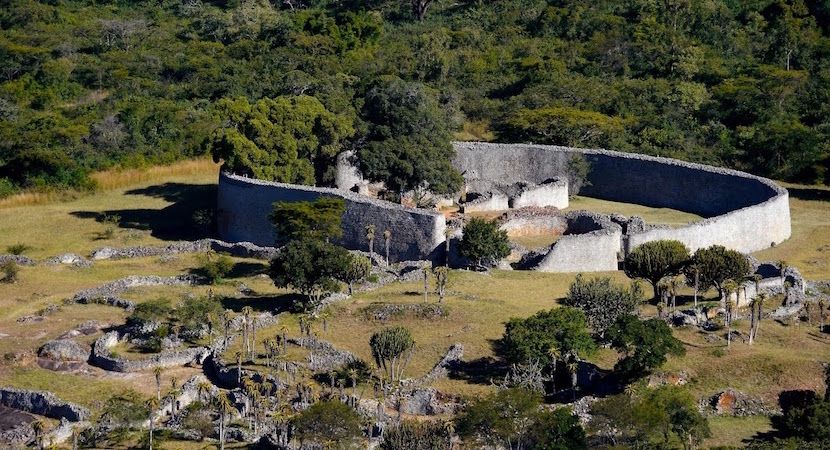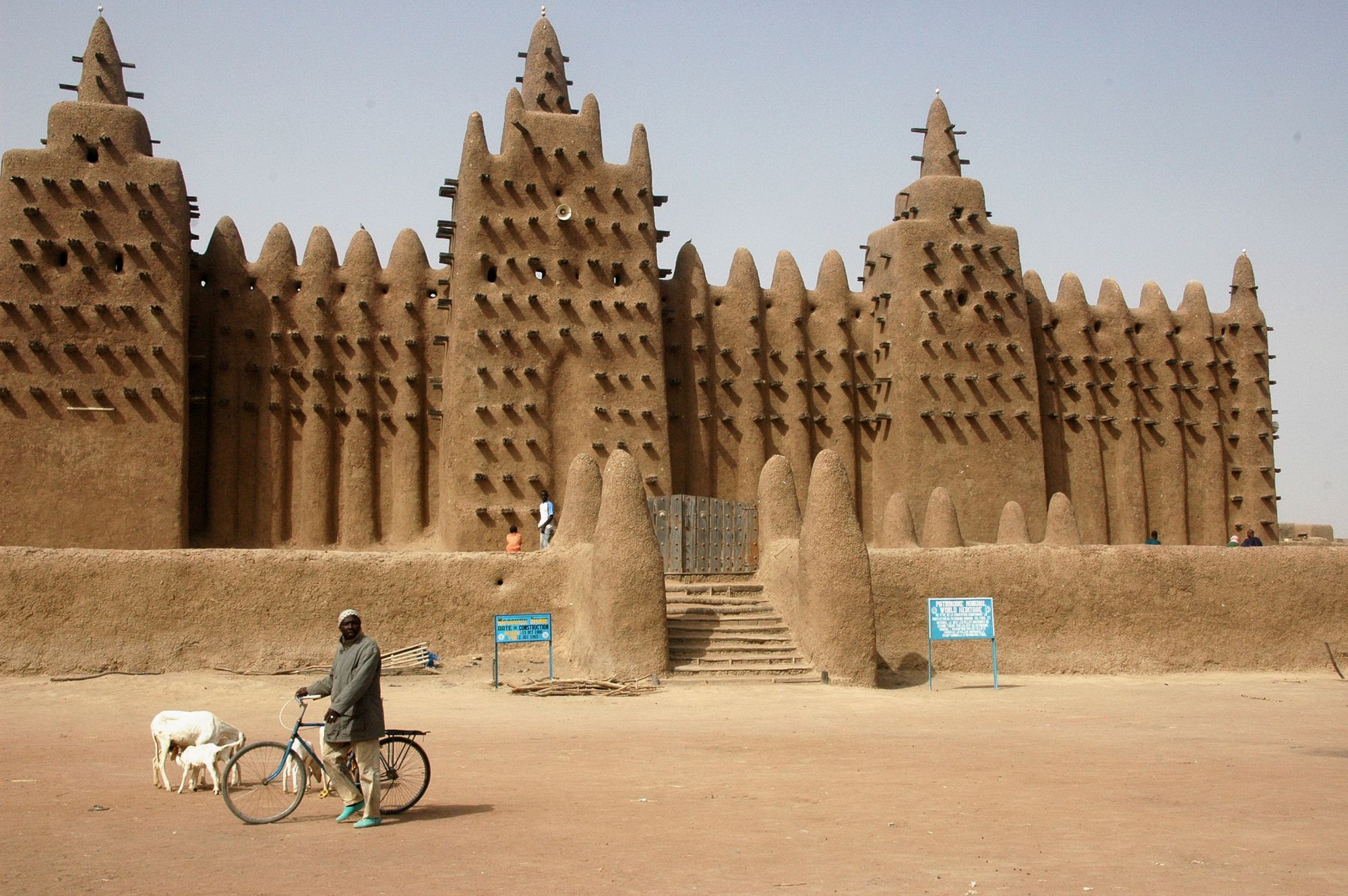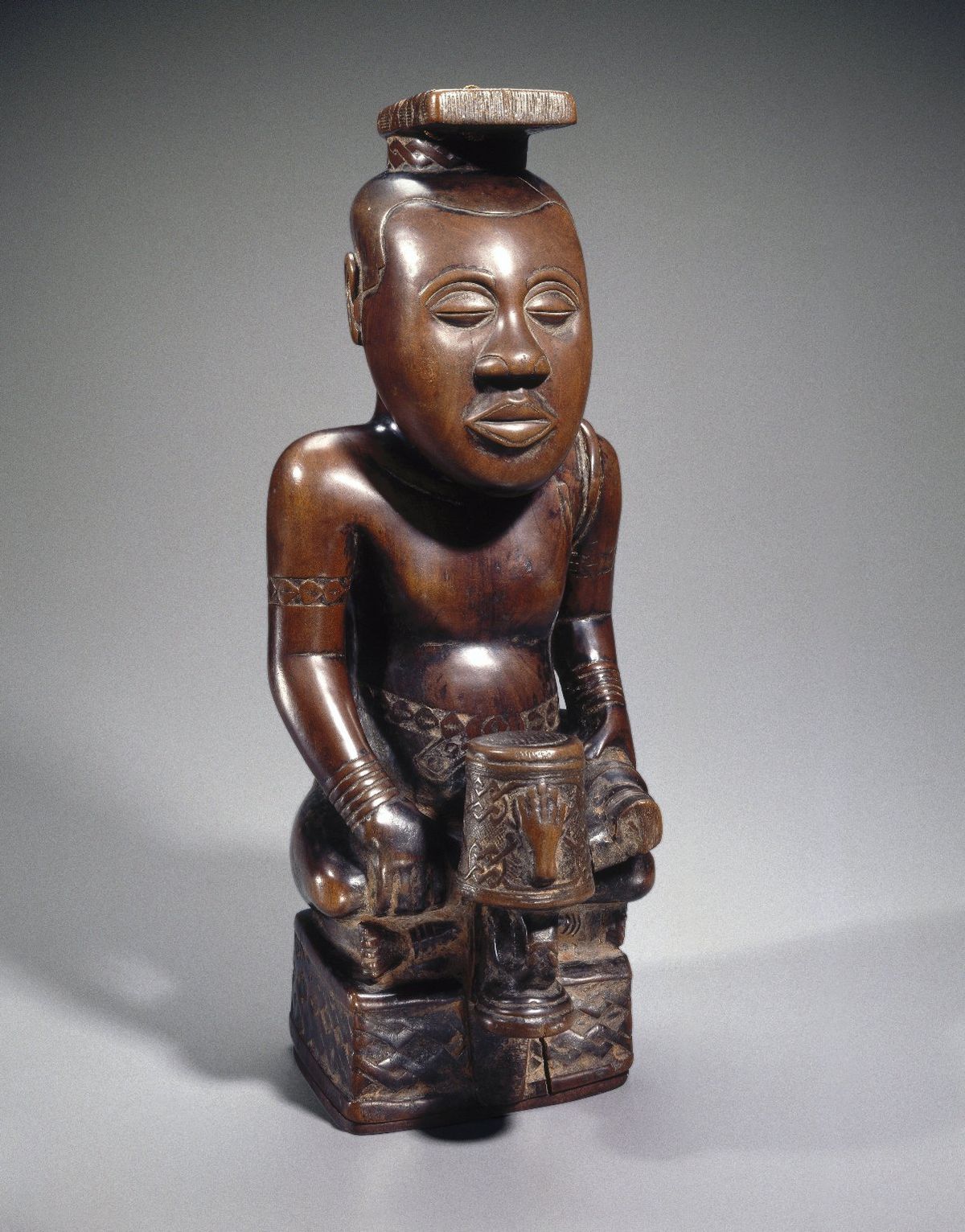Unit 6 Overview: Africa, 1100-1980 CE
5 min read•june 18, 2024
Charly Castillo
Laurie Accede
AP Art History 🖼
34 resourcesSee Units
With more than 3,000 different ethnic groups and 2,100 languages spoken on the continent, Africa is extremely ethnically diverse, and this is displayed throughout the continent's art. Unlike in Europe, where art styles mainly vary by nation or region (Central Europe, Western Europe, etc.), African art can look completely different even in neighboring villages because of religious, ethnic, cultural, and linguistic dissimilarities. Be sure to keep this in mind as we take our first look into the history and works of Unit 6!
Contextualization (AKA the Historical Background)
As mentioned earlier, African art is very localized; and this is primarily because of the continent's geography. Places like the Sahara Desert, Atlantic and Indian Oceans, and mountains acted as natural barriers and made it difficult for artistic traditions to spread across region.
Before the Scramble for Africa, which divided Africa amongst European colonizers, the continent was made up of powerful kingdoms. The majority of these kingdoms practiced traditional African religions, however, some of them were exposed to Christianity and Islam and blended those beliefs with their traditional ones (syncretism). Although the majority now practice Abrahamic (mainly Christianity and Islam) religions, many Africans still practice these traditional religions and their blended forms. As you can see, religion is an important theme in this unit.
The Berlin Conference of 1884–1885 was when European colonizers split African lands between themselves. These European powers ruled most of the continent until the nations gained independence in the mid-to-late 20th century.
Architecture
There are two examples of African architecture in the AP Art History subset, Great Zimbabwe and the Great Mosque of Djenné.
During the Kingdom of Zimbabwe's late Iron Age, Great Zimbabwe was the captial, the residence of its ruler, a trading center, and a granary (a place where grain is stored 🌾). Material-wise, Great Zimbabwe is a significant African monument because of its use of ashlar masonry, a construction technique where identically-sized stones are held together with a bonding agent called mortar. Ashlar masonry is hard to master, which is why most other African architectural works, including the Great Mosque, are made of mud or adobe. What makes this building even more impressive is the amount of material artists used to build its eight hundred foot-long walls, making it the largest building constructed in early African history.

Aerial view of Great Zimbabwe. Image Courtesy of Biznews.
The Great Mosque was first built in the thirteenth century and was rebuilt in 1906. The mosque is made from adobe (a type of mud brick), and because of the nature of an adobe structure, which can ruin a building if wet, the mosque is re-plastered every year before the rain season begins. Using a material like adobe is a continuity in African art, since the majority of buildings are made from natural materials native to the region.
Although the creators used a traditional medium, its exterior is uniquely decorated. While many African mosques have toron (protruding poles) on their outside walls, the Great Mosque of Djenné is enhanced with toron much more than other mosques. Furthermore, the artists also placed ostrich eggs on the building, which is another unique characteristic. These examples show how the creators of this work both maintained and deviated from artistic traditions.

The Great Mosque of Djenné. Image Courtesy of Wikipedia
Sculpture
Although sculptures look different across Africa because of the continent's artistic and cultural diversity, there are certain similarities across all of the ones in the AP Art History subset.
- Unlike the Greek statues from Unit 2 and the Moai of Unit 9 🗿, African sculptures are small and portable, making it easier for people to bring them to rituals. Many of these works are used in coming of age rituals, ancestor veneration, and other religious and cultural ceremonies.
- The sexual organs of humans are sculpted disproportionately large to emphasize the importance of fertility. We also see this characteristic in the Unit 1 work Tlatilco Female Figurine (⬅️ great example of a connection between different units).
- African artists carved their medium without outlining or sketching it out beforehand, demonstrating an incredible level of skill.
- The majority of sculptures are made from wood, ivory, metal, or a combination of the three. These materials have symbolic meanings in traditional African religion and culture. Ivory was a sign of status and metal represented strength. This makes sense since most royalty sculptures are made from these materials.
- The heads of human sculptures are extremely large, while their bodies are thin, making the figures look unbalanced and unrealistic. This is unlike the Greek statues of Unit 2, which put an emphasis on realistic-appearing human forms (⬅️ another cross-unit connection).

Ndop (Portrait Figure). Image Courtesy of Wikipedia
Summary of the Works
| Art | Location | Form | Date |
| Great Zimbabwe | Zimbabwe | Granite | c. 1000-1400 |
| Great Mosque of Djenné | Djenné, Mali | Adobe | c. 1200 (rebuilt 1906-1907) |
| Wall Plaque from Oba's Palace | Nigeria | Brass | 16th century |
| Golden Stool (Skia Dwa Kofi) | Ghana | Gold over wood | c. 1700 |
| Ndop (Portrait Figure) of King Mishe miShyaang maMbul | Mushenge, Democratic Republic of the Congo | Wood | 1760-1780 |
| Power Figure (Nkisi N'kondi) | Democratic Republic of the Congo | Wood and metal | late 19th century |
| Portrait Mask (Mblo) | Côte d'Ivoire | Wood and pigment | late 19th-early 20th century |
| Female (Pwo) Mask | Angola | Wood, pigment, fiber, and metal | late 19th-early 20th century |
| Bundu Mask | Sierra Leone | Wood | 19th-early 20th century |
| Ikenga (Shrine Figure) | Nigeria | Wood, metal, and beads | 19th-20th century |
| Memory Board (Lukasa) | Democratic Republic of the Congo | Wood, metal, and beads | 19th-20th century |
| Aka Elephant Mask | Cameroon | Wood, woven raffia, cloth, and beads | 19th-20th century |
| Reliquary Guardian Figure (Nlo Bieri) | Gabon | Wood | 19th-20th century |
| Veranda Post of Enthroned King and Senior Wife (Opo Ogoga) | Ikere, Nigeria | Wood and pigment | 1910-1914 |
And that's all for Unit 6! Hopefully, this guide comes in handy as you study for the AP Art History exam in May. Happy studying, Art Historians 🖼️!
Browse Study Guides By Unit
🗿Unit 1 – Global Prehistoric Art, 30,000-500 BCE
🏛Unit 2 – Ancient Mediterranean Art, 3500-300 BCE
⛪️Unit 3 – Early European and Colonial American Art, 200-1750 CE
⚔️Unit 4 – Later European and American Art, 1750-1980 CE
🌽Unit 5 – Indigenous American Art, 1000 BCE-1980 CE
⚱️Unit 6 – African Art, 1100-1980 CE
🕌Unit 7 – West and Central Asian Art, 500 BCE-1980 CE
🛕Unit 8 – South, East, and Southeast Asian Art, 300 BCE-1980 CE
🐚Unit 9: The Pacific, 700–1980 ce
🏢Unit 10 – Global Contemporary Art, 1980 CE to Present
📚Study Tools

Fiveable
Resources
© 2024 Fiveable Inc. All rights reserved.